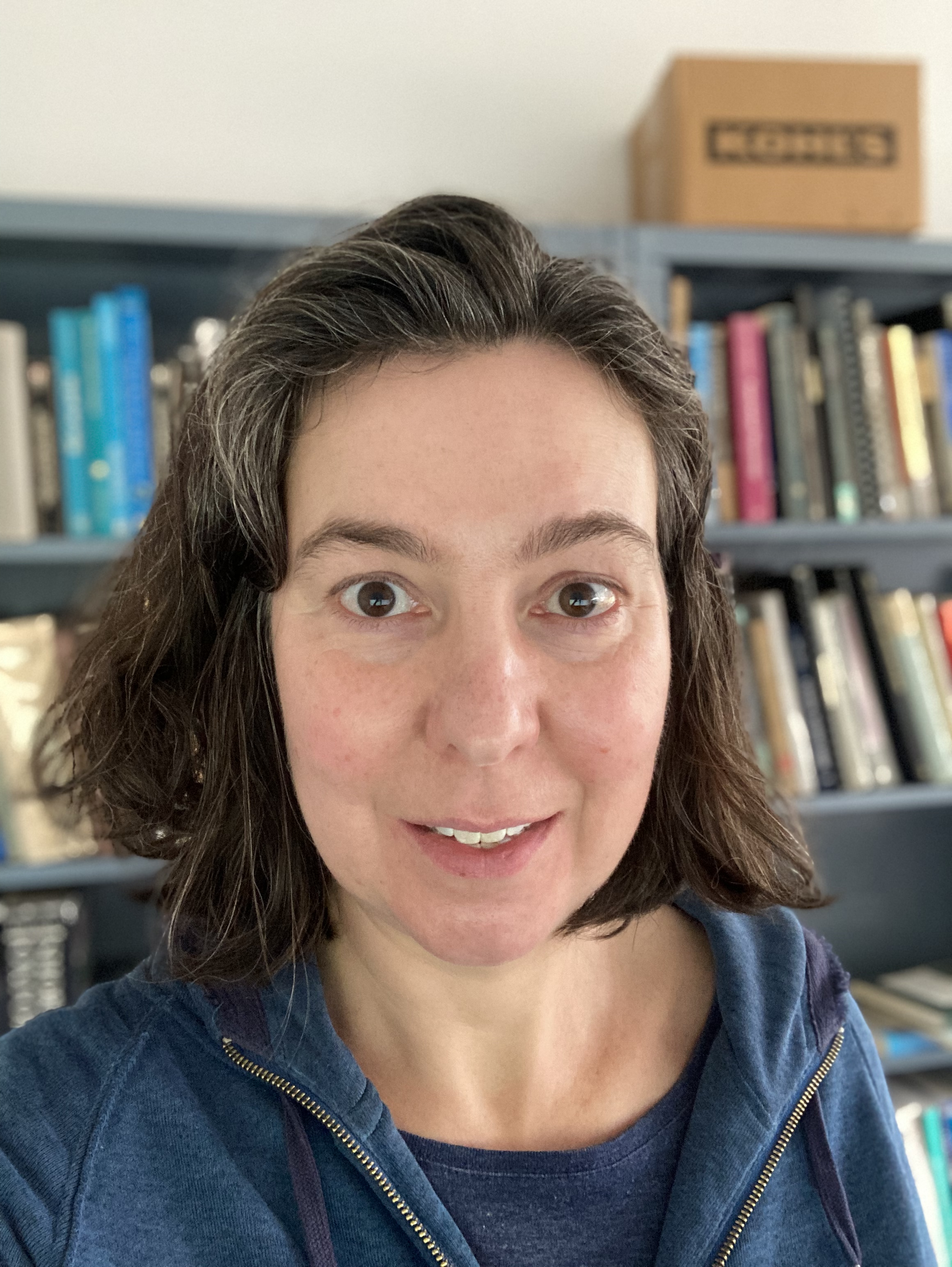
Kie Ross Zuraw
- Professor, UCLA Department of Linguistics
- Vice Chair - Director of Undergraduate Studies, UCLA Department of Linguistics
3125 Campbell Hall, Box 951543
Los Angeles, CA 90095-1543
phone: 310-825-0634
e-mail: kie@ucla.edu
 |
Kie Ross Zuraw
3125 Campbell Hall, Box 951543
|